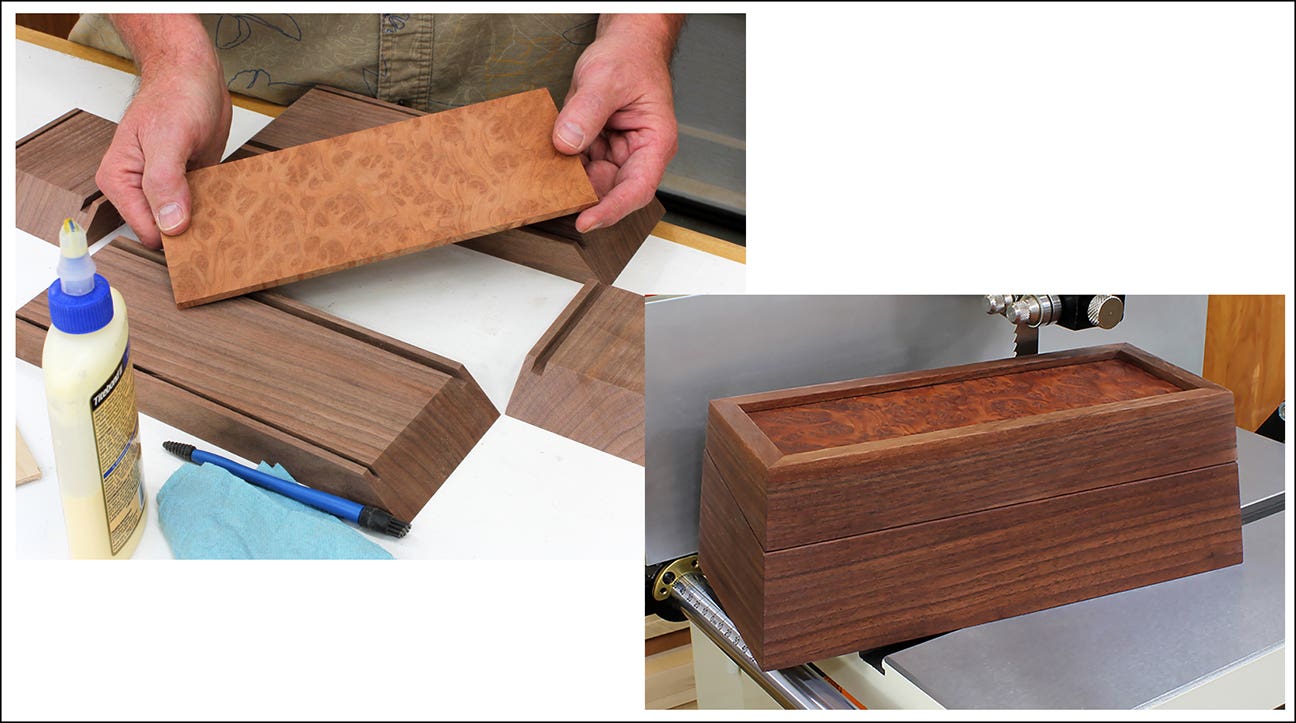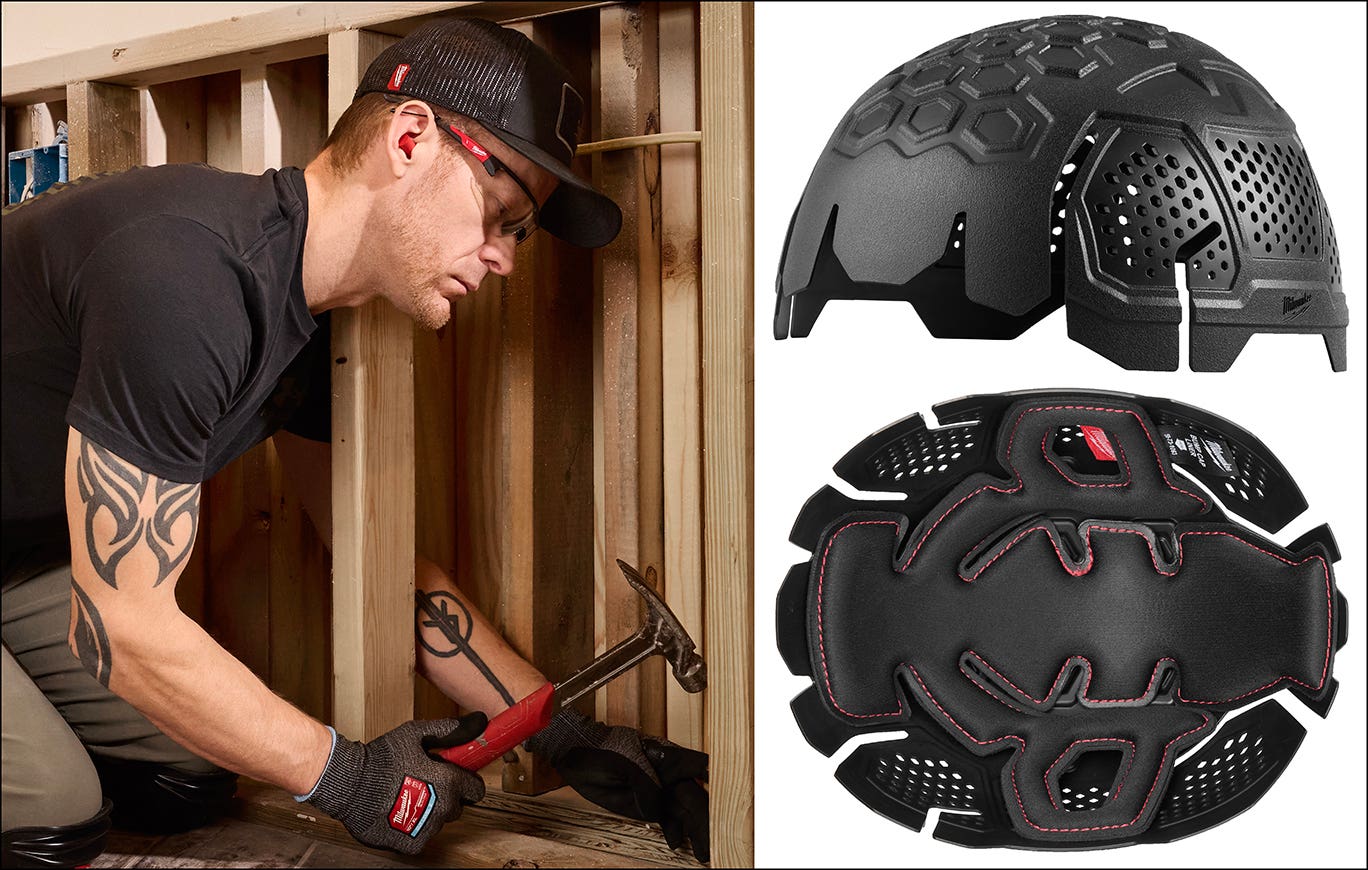What is hardness and why does it matter?
I’m often asked, what’s the hardest finish for a particular application? It is usually determined that the hardness of a wood coating isn’t the real issue.
I’m often asked, what’s the hardest finish for a particular application? It is usually determined that the hardness of a wood coating isn’t the real issue.
To understand why, let’s begin with some definitions of “hardness” as it relates to finishing.
One coatings manufacturer defines it as “the opposite of softness. That property of a dried film of finishing material that causes it to withstand denting or being marked when pressure is exerted on its surface by an outside object or force.”
The Free Dictionary defines hardness as “the quality or condition of being hard; the relative resistance of a mineral to scratching, as measured by the Mohs’ scale, and the relative resistance of a metal or other material to denting, scratching or bending.”
WikiPedia says, “Hardness is a measure of how resistant a solid is to various kinds of permanent shape change when a compressive force is applied. Some materials (e.g. metals) are harder than others (e.g. plastics). Macroscopic hardness is generally characterized by strong intermolecular bonds, but the behavior of solid materials under force is complex; therefore, there are different measurements of hardness: scratch hardness, indentation hardness and rebound hardness. Within each of these classes of measurement there are individual measurement scales. For practical reasons conversion tables are used to convert between one scale and another. Hardness is dependent on ductility, elastic stiffness, plasticity, ductility, strain, strength, toughness, viscoelasticity and viscosity.”
The hardness and flexibility of the coating can affect how well and easily that coating may be rubbed or polished. A very hard and brittle coating may be rubbed to a high shine with much effort, while a somewhat softer and more flexible coating may take much less effort, but might not take as high a gloss. A very tough and flexible coating such as a spar varnish will be difficult to rub out and may not take a consistent sheen. And very soft finishes such as drying and semi-drying oils (Tung oil, linseed oil, Danish oil) do not rub well at all.
Most coatings manufacturers have Product Data Sheets or Tech Sheets available online. While not all are as comprehensive and detailed as we might want, some are very well done and provide objective data concerning performance we’re interested in, such as hardness, flexibility, sheen, solids content, resistance to heat, solvents, acids, alkalis, salts, water. Some of the best contain results of standard tests performed to give you metrics for comparison with other coatings.
Hardness is one of many properties not often shown on the data sheets for these products for a variety of reasons. We can easily see that even defining hardness in more than a very general sense can be very difficult. Making comparisons between test results of different coatings may not give you the results, or the precise information you are looking for.
Other considerations
Hardness is one of many properties that may be desirable in a wood coating, but hardness is almost never the only or the most important property needed. Hardness in a coating may be interdependent on other properties also needed in the coating. I’ll list a few of those worth considering for finishing wood furniture, fixtures, musical instruments and cabinets.
Resistance to impact, indentation, abrasion, marring, scratching, weathering, light, heat, cold, yellowing, burnishing, chipping, erosion, cracking, crazing, printing, blocking, hazing, specific solvents, water and water vapor.
The coating may also need to exhibit rigidity, flexibility, toughness, elasticity, specific dry film thickness, specific sheen or gloss, levelness, adhesion, clarity, visual depth and surface slip.
For special applications, additional positive and negative characteristics need to be addressed.
Hardness is one of many properties that can affect performance, but is generally not determinative for either chemical or physical resistance such as solvent, heat, mar, dulling, impact, light, moisture, blocking, print, ease and effectiveness of buffing, sheen retention, adhesion, and many other properties.
Testing for hardness
The American Society for Testing and Materials sets standards for thousands of procedures, including wood coatings. These provide protocols for the use of instruments that measure performance in such a way that different materials can be meaningfully compared to each other.
Properties of a film coating for various uses can be formulated to meet the needs of those uses. The salient testing should measure the performance of those properties that are suitable for those uses.
Pencil hardness testing checks one standard for film hardness by comparing the ability of a graphite/clay pencil lead to scratch the cured film. Specially prepared pencils of different hardness are forced against the cured film according to the protocol described in ASTM D3363. The protocol describes the squaring of the lead to provide a sharp edge, the attack angle of the lead to the surface, the pressure to be applied to the lead, and the distance the lead should be pushed across the surface. The lead will either mar or cut the surface, or the lead at the point of contact with the surface will be crushed. The hardest pencil is applied first, and then sequentially softer leads are applied until the surface is not marked, and the lead is crushed. The first pencil that does not mark the film before being crushed determines the “pencil hardness” of the film. This is expressed by the number and/or letter denoting the hardness of the pencil. These are, from softest to hardest, 9H, 8H, 7H, 6H, 5H, 4H, 3H, 2H, H, F HB, B, 2B, 3B, 4B, 5B, 6B, 7B, 8B and 9B.
There are other methods, such as rocker, pendulum, impact and tungsten carbide pressure pen, and different metrics are used. Reconciling the differences when looking for correlations is inexact and variable.
The Sward hardness rocker test determines a level of hardness by equating the metric with the resistance to the continued motion of an oscillating rocking device placed on the surface to be tested.
A different test, such as with a Taber Abraser, might determine a specific level of resistance to wear, of which the Sward hardness is one of several determining factors. The Abraser subjects the surface to the wearing action of one or more abrasive wheels. This test is useful but only to the degree that the answers are appropriate to the questions asked, and the actual, in the field results needed. A softer coating, as determined by the rocker test, might be more elastic than a harder coating, and resist the wear better.
Depending on the application, interior wood coatings have a variety of performance requirements related to hardness. Kitchen cabinet coatings need excellent water and chemical resistance to withstand the kitchen environment, but must also provide great block resistance if they are being applied in a factory setting. Wood floor coatings need superior mar and abrasion resistance. Trim paints for the architectural DIY market need excellent block and print resistance to prevent the sealing of doors and windows and marring of painted surfaces.
A good topcoat may need protective properties that include toughness, mar resistance, moisture and solvent resistance, clarity, good leveling qualities, adhesion to the substrate or subcoats (such as sealers), good rubbing and polishing properties, sufficient film build, flexibility (to resist cracking or crazing with wood movement) and the ability to maintain the desired gloss under use. Mar resistance is not just hardness, but results from a combination of hardness, toughness and slipperiness of the surface. The coatings manufacturer will engineer the finish to have the correct combination of these properties to make the topcoat resistant to visual and structural damage due to abrasion and/or impact.
Determining the best coating for a use requires precise knowledge of the performance needed or desired. The only truly comprehensive test of the finish is to use the implement or object to the point where it no longer functions acceptably, and then to look back over its useful life.
This article originally appeared in the December 2017 issue.






